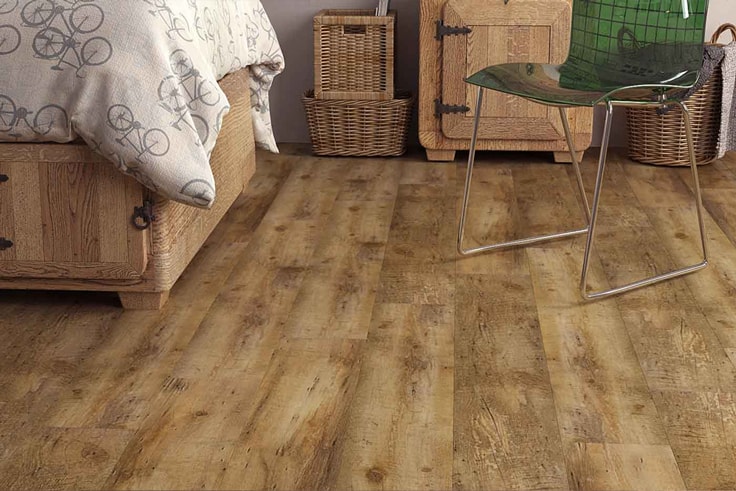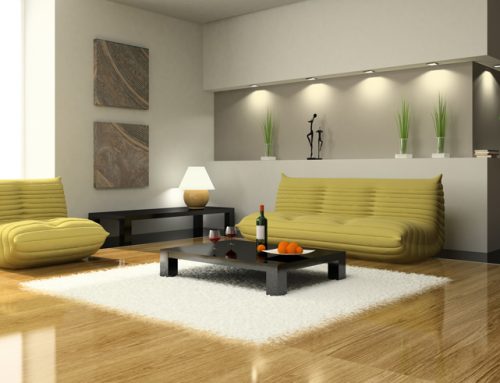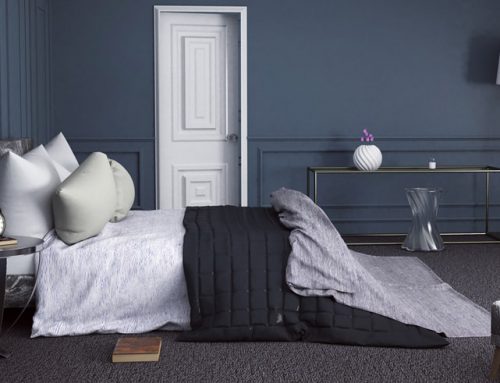Like any other construction, Waterproof Vinyl Flooring starts with a properly prepared foundation, and with this is very important that you hire for a plumber services that will check all the pipes and water system that is going to be by your floor. If you don’t take the time and possibly spend a little bit of money to get it right then you may be in for a disappointment with the end result. Is similar with any construction project you want to make, you need to make sure you have the right materials and specialist to do the job, is more important in case of electric projects, because electrical emergencies can happen.
Electrical emergencies occur all the time and they are one of the least expected events in your home. Some electrical work requires local knowledge of the network and many other factors. For example electrician in Blacktown, NSW Australia can help revise the electrical safety for a local home based on a number of region specific factors. Some variations include the regular weather, cable layout and safety measures proposed by local council, view this link for more information about construction.
Let’s start with concrete. No concrete slab is perfectly straight and so it needs to be understood that there is a difference between straightening a concrete subfloor and smoothing the surface. Vinyl Planks require only a smooth finish to lay over. The reason is luxury vinyl planks follow the floor as opposed to bridging it, which in most cases unless the floor is all over the place is satisfactory to lay over.
When you’re aiming to achieve the luxury vinyl look you want for your flooring, you can check out a reliable site similar to https://floornco.com/ for more info!
Once the existing flooring e.g. (carpet,tiles,) have been lifted it may only require a feather finish to smooth the floor ready to lay the planks, while services like Comfort Flooring are great for these situations as well. Glue down planks need a more exact floor finish than loose lay planks do. In most cases a feather finish coat or two should do the job.
Next we consider laying over existing particle board. While some companies may advise to lay Vinyl Planks directly over particle board to save costs we deem it too risky. Up until recently loose lay vinyl plank flooring was installed glue less which was the original intent of a loose lay product which made it easier for a DIY job. We have discovered that there is a risk of the edges and ends peeling up over time unless glue is used. We now use pressure sensitive glue which allows a permanent tacky contact which allows for the planks to be lifted easily if required. The point to be made is that particle board expands and contracts with the temperature and in doing so will cause the fixed Vinyl to Gap. So hardboard over the existing particle is the way to prevent this happening.
Timber floors also require hardboard for the same reasons as above.
Lastly let’s talk about laying Vinyl over Ceramic Tiles. This has become very popular of late as an easy and effective way to change your décor without lifting your Tiles. Again it is imperative that no shortcuts are taken when maybe for a little bit of extra cost the end result will be so much better, you can also check out polished plaster is a specialist finish, this is the best type of finish. We have seen some beautiful installation jobs ruined because the right floor prep wasn’t applied beforehand. We at Coast Wide believe a flood coat as opposed to a feather finish over Tiles will guarantee that none of the slightest discrepancies between the Tiles will ever protrude up through the tiles. And in most cases two layers of Feather would be required which at the end of the day will cost nearly the same as a flood coat.
This covers the four surfaces to be covered, hopefully this information will be of some assistance to your DIY or if you are employing a flooring company to install your vinyl plank flooring
If you need more advice read the post at Sinisi Solutions blog, we are more than happy to answer any questions you might have.





